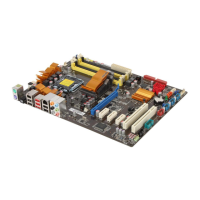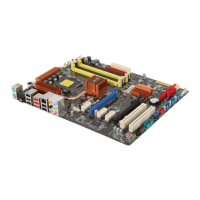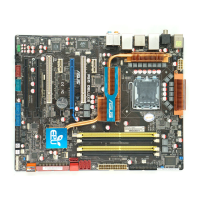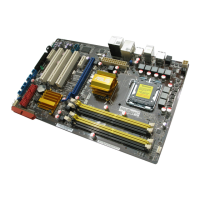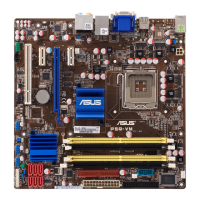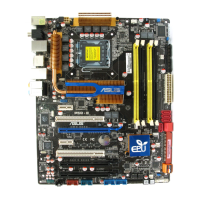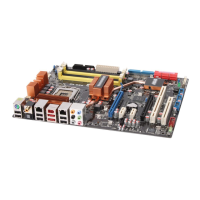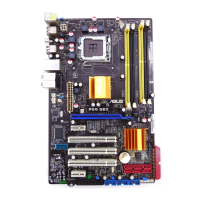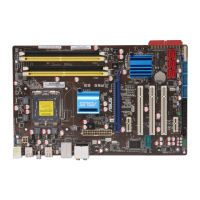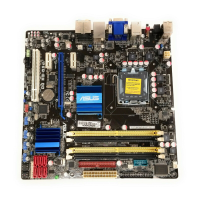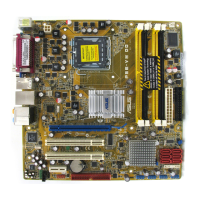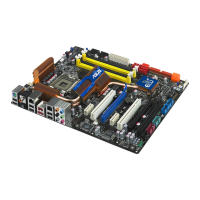
Do you have a question about the Asus P5Q PRO Turbo - Motherboard - ATX and is the answer not in the manual?
| Brand | Asus |
|---|---|
| Model | P5Q PRO Turbo - Motherboard - ATX |
| Category | Motherboard |
| Language | English |
Precautions to prevent electrical shock during installation and operation.
Guidelines for safe handling and operation of the motherboard.
Important precautions before installing motherboard components or changing settings.
Step-by-step guide for installing the CPU into the LGA775 socket.
Instructions for mounting the CPU heatsink and fan assembly.
Details on installing memory modules and compatibility with Windows OS.
Step-by-step instructions for installing a memory module into a DIMM socket.
Procedure for installing an expansion card into a slot on the motherboard.
Instructions for clearing CMOS settings using the CLRTC jumper.
Information and warnings about updating the motherboard BIOS.
Guide to recovering corrupted BIOS files using the CrashFree BIOS 3 utility.
Selects CPU overclocking options for desired CPU internal frequency.
Adjusts the ratio between CPU Core Clock and FSB Frequency.
Sets the clock generator frequency for the system and PCI buses.
Sets the PCI Express frequency for enhanced performance.
Sets the DDR2 operating frequency for memory performance.
Configures detailed DRAM timing parameters for memory performance.
Sets the CPU VCore voltage for performance and stability.
Adjusts CPU GTL reference voltage for overclocking.
Sets the CPU PLL voltage for system stability.
Sets the front side bus termination voltage.
Sets the DRAM voltage for memory overclocking.
Sets the North Bridge voltage for system stability.
Selects CPU Load-Line mode to improve CPU VDroop.
Sets the priority sequence for bootable devices.
Settings for system security, including supervisor and user passwords.
Energy-efficient tool to enhance performance or save power with different modes.
Adjusts CPU and chassis fan speeds for optimal cooling and quiet operation.
Utility for easy overclocking and setting optimal O.C. configurations.
Turns the PC power button into a physical overclocking button.
Secures data and enhances hard drive performance with backup/speed modes.
Explains RAID 0, RAID 1, RAID 5, and RAID 10 configurations.
Steps to enable RAID function in BIOS Setup before creating RAID sets.
Utility for creating RAID sets using Serial ATA hard disk drives.
General guidelines and recommendations for installing graphics cards.
Step-by-step guide for installing two graphics cards for dual CrossFireX.
How to enable CrossFireX via the ATI Catalyst Control Center.
